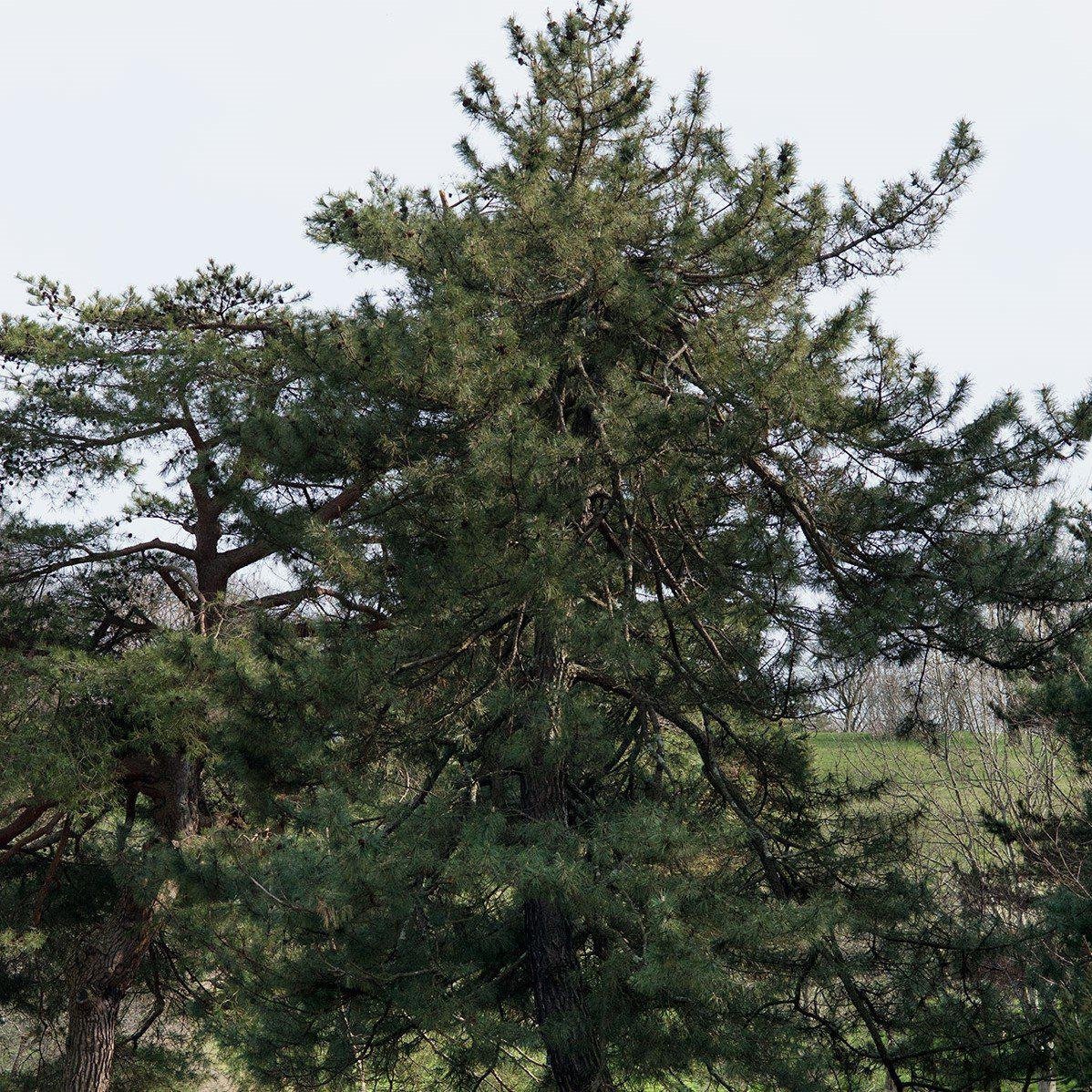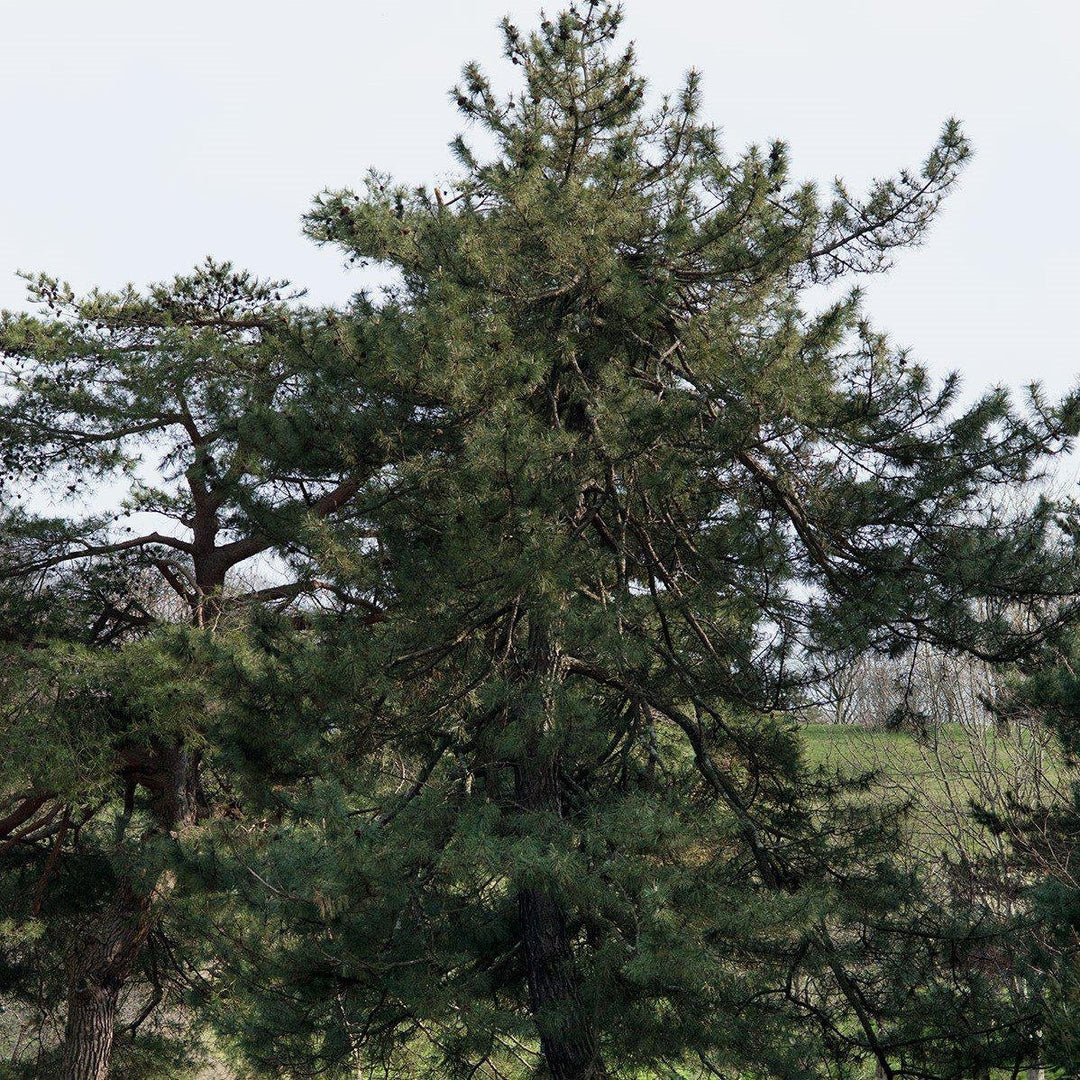apanese Black Pine, scientifically known as Pinus thunbergii, is a beautiful evergreen tree native to coastal regions of Japan and South Korea. Here's some information about the Japanese Black Pine:
-
Appearance: The Japanese Black Pine is a medium to large-sized tree that can reach heights of 20-80 feet (6-24 meters) with a spread of 20-40 feet (6-12 meters). It has a distinctive, irregularly shaped crown and dark, fissured bark. The needles are dark green, stiff, and occur in bundles of two. The cones are small, measuring about 1-2 inches (2.5-5 centimeters) in length.
-
Growth: Japanese Black Pines have a moderate growth rate. They have a unique, twisted and contorted growth habit, which adds to their aesthetic appeal. With proper care, they can live for several decades.
-
Light and Temperature: Japanese Black Pines thrive in full sun exposure. They are adaptable to a wide range of temperatures but prefer a cool to mild climate. They can tolerate heat and drought once established.
|
Type: |
|
|
Origins: |
East Asia |
|
Height: |
20'-60' |
|
Spread: |
12-'20' |
|
Spacing: |
12’ |
|
USDA Hardiness Zone: |
5-8 |
|
Culture: |
|
|
Bloom Color: |
N/A |
|
Season of Interest: |
MAINTENANCE NEEDS: Medium Maintenance. Plants grown in optimal conditions have few major issues. Otherwise, blight, rust, canker, and cast can be issues. Potential pests include nematodes, caterpillars, miners, sawfly, scale, mealybugs, borers, and weevils.
LANDSCAPE USES: Specimen or mass plantings, Naturalized Areas, Woodland Garden, Ponds and streams, Shade Tree, and Screening.
COMPANION PLANTS: Barberry, Wintergreen, Maple
Image: Plant Image Library, Pinus thunbergii (Japanese Black Pine) (26532118401), CC BY-SA 2.0



















































